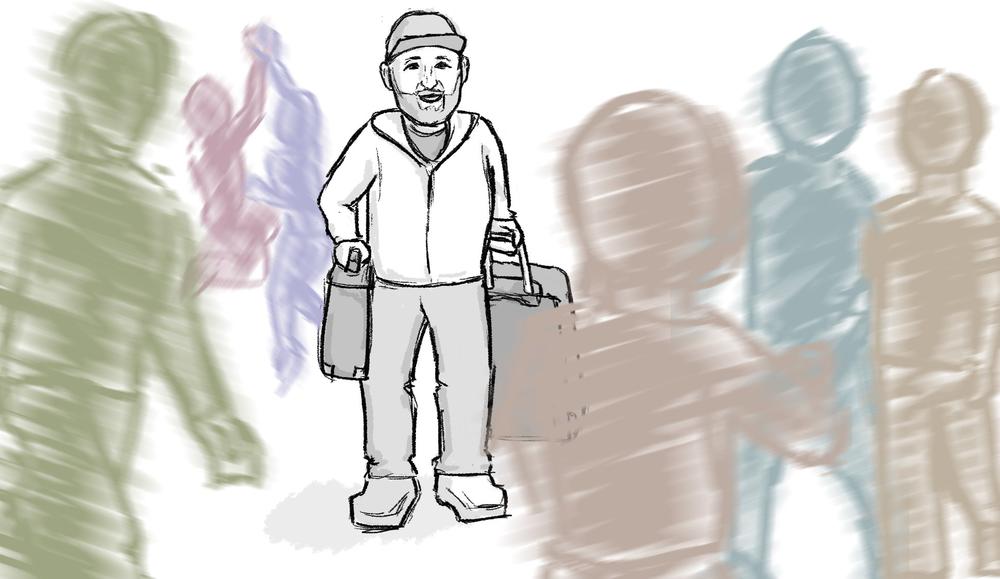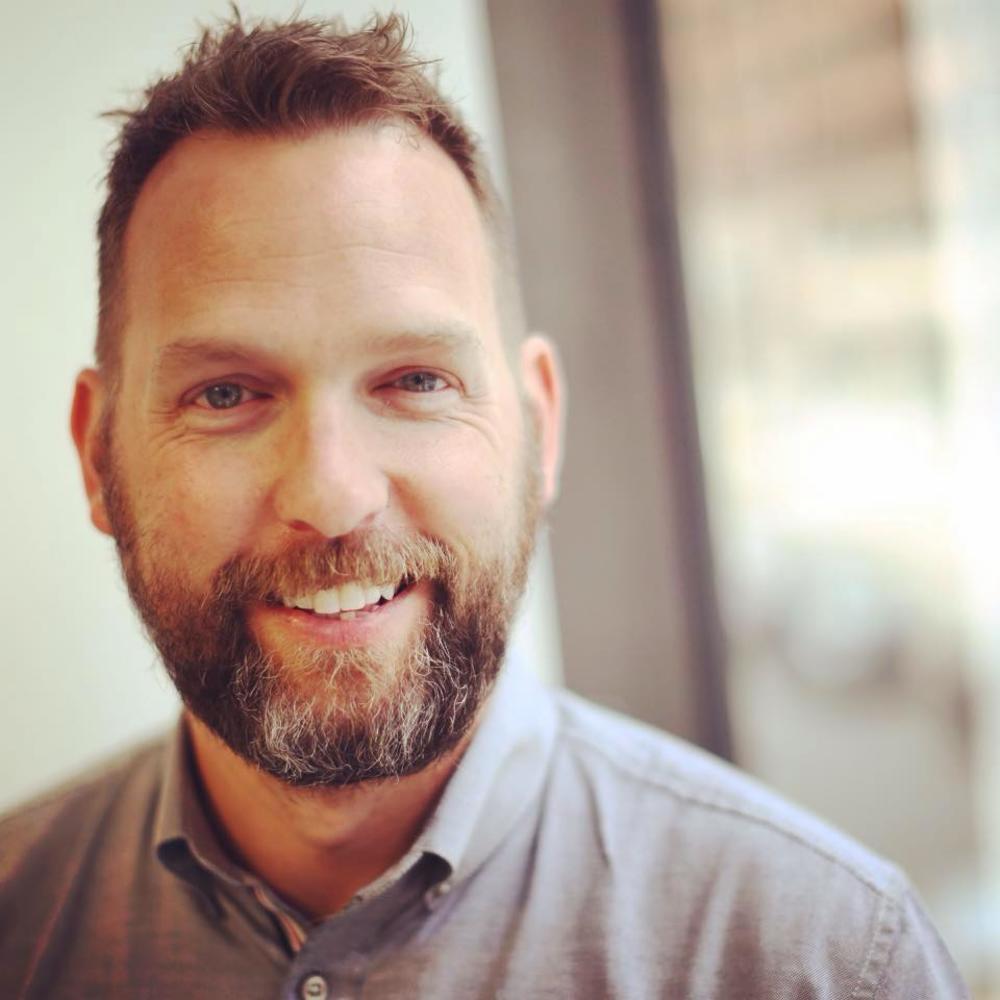
March 30, 2020
Two Sides of the Same Coin: From Journalism to Civic Tech

From the first moment I stepped into a newsroom, I had the sense that I was part of something bigger than myself. As an entry level reporter, I covered city council meetings and local elections. We were taught that journalism was a public service and that it was our duty to be impartial, objective and to act with integrity and honesty for the greater good. The people counted on us.
Everyone who “made the news” had their role to play. Later, I edited other reporters’ work before finding my niche as a newspaper designer and art director. I spent nearly 20 years in that arena, mostly at the Atlanta Journal-Constitution. In that job, I could see a holistic view of the entire journalistic enterprise – the design and human operating systems required to achieve what we affectionately called “the daily miracle.”
This seems crazy now, but remember when the news used to come out just once a day in most places? It was printed on low-grade paper and delivered door to door in high-rise apartment buildings, distant isolated farms, and everywhere in between. The logistics and coordination across advertising, production, distribution, and editorial was (and still is) a marvel.
Big metro dailies like the AJC had hundreds of writers and photographers across the globe sending in their stories for the day, most “filed” in the crunch hours before deadline. Teams of people back at headquarters prioritized those stories and presented them in a way that conveyed relative importance and context that helped us understand why it mattered to us here and now.
We were ridiculously earnest about it all. We sweated the tiniest details. I spent more time than I care to admit kerning micro-typography in recipes that ended up shoehorned next to bra ads on an inside page in an inside section. We had an outsized sense that what we were doing day to day mattered in the grand scheme of things. And every now and then, it actually mattered a great deal. The news could change people’s lives, hold institutions accountable, and unite our community behind a common purpose like nothing else.
As the news industry changed, our jobs evolved. I launched several new media endeavors and transitioned, along with many of my peers, into the digital universe. My focus shifted to innovation and finding new ways to engage and inform our fragmenting audiences. Many expert journalists left the profession, either voluntarily or by the ax, and sought ways to use their powers for good elsewhere.
In December, I began my own new adventure with Digital Services Georgia, a team within state government that helps agencies improve how they serve their constituents. I discovered the emerging discipline of civic tech, a movement of designers and technologists transforming the way governments around the world serve the public. Georgia, as it turns out, is ahead of the curve on this.
As I was getting my bearings, the DSGa team was wrapping up a Herculean, all-hands-on-deck migration of the 80-plus government websites it supports to a new and improved GovHub platform, powered by Drupal 8. Working with design, development, and content partners in the private sector, the team was seeing years of planning come to fruition, laying the foundation for continuous refinement and evolution based on user data and testing. This is truly innovative work.
As I’ve gotten to know my new colleagues, they describe the calling to public service as well. “I know I could make more money in the private sector,” one told me. “But what motivates me here is the chance to make a real difference in people’s lives.”
This sense of duty is felt even more acutely today as we work to make services and information accessible to all Georgians during the COVID-19 crisis. From project managers and developers to UX designers and content strategists, we see ourselves as cultural change agents, hacking the bureaucracy of state government. We embrace the complexity of government and the challenges it presents because together we can achieve better results for the people of Georgia.
I’m inspired, once again, to use my skills in service of something bigger than myself. Whether starting a business, getting a driver’s license, looking for public health information, or applying for benefits, our technology is helping to make these interactions as efficient and frictionless as possible.
Visual consistency across our digital properties presents siloed organizations as one unified trusted source for information and state services. The product’s backend design makes it easy for hundreds of content managers across disparate state agencies to make the right user-centered choices, examples of which can be seen as we adjust to serving the public during COVID-19.
It’s easy to be cynical toward journalists or government employees – and the public should question everything and hold us accountable – but I’m proud to be a part of DSGa, where we’re helping to make the state work better for all Georgians.
